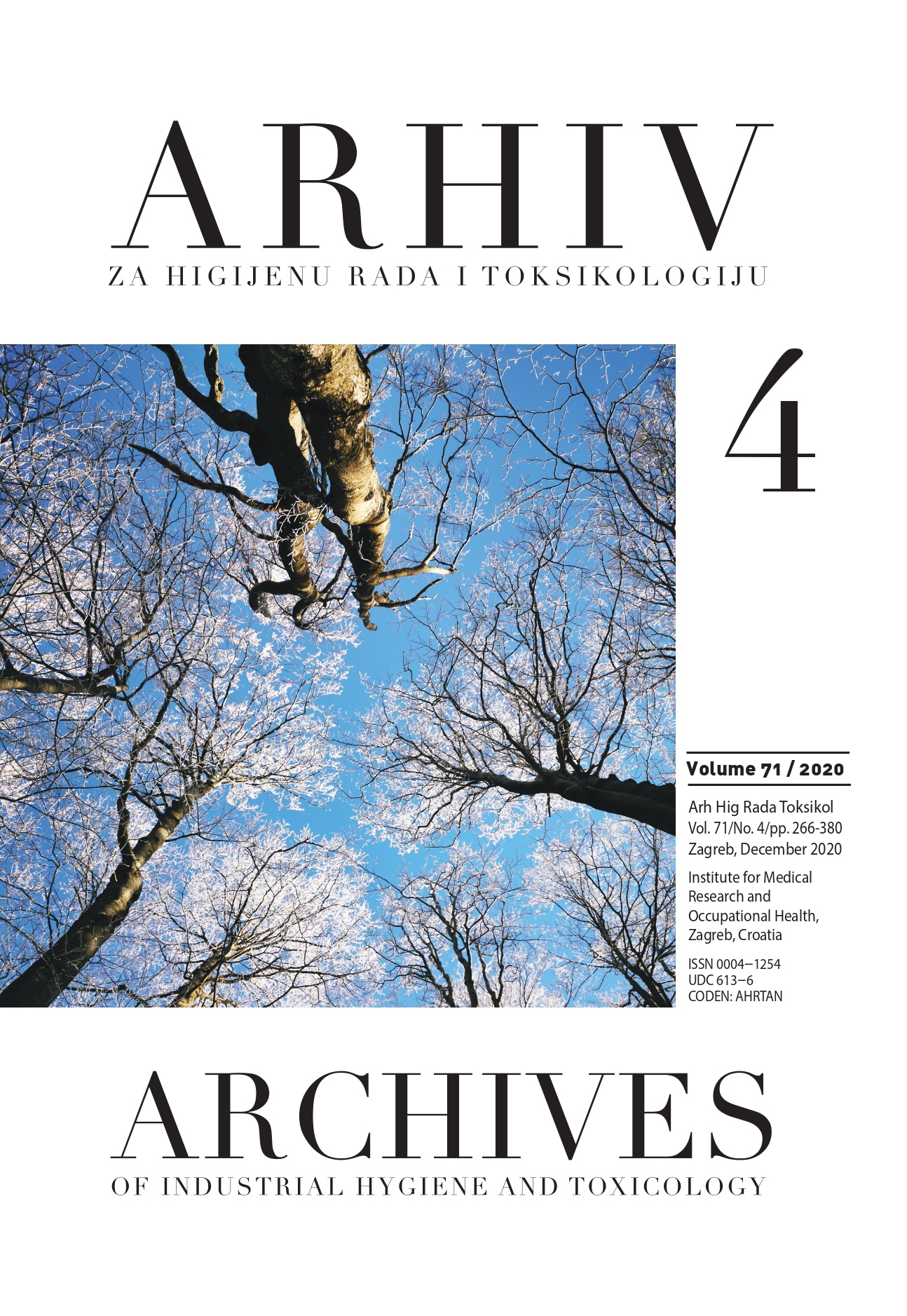Counteracting poisoning with chemical warfare nerve agents
DOI:
https://doi.org/10.2478/aiht-2020-71-3359Keywords:
bioscavenger, cholinesterases, cyclosarin, Novichoks, organophosphate, sarin, tabun, VXAbstract
Phosphylation of the pivotal enzyme acetylcholinesterase (AChE) by nerve agents (NAs) leads to irreversible inhibition of the enzyme and accumulation of neurotransmitter acetylcholine, which induces cholinergic crisis, that is, overstimulation of muscarinic and nicotinic membrane receptors in the central and peripheral nervous system. In severe cases, subsequent desensitisation of the receptors results in hypoxia, vasodepression, and respiratory arrest, followed by death. Prompt action is therefore critical to improve the chances of victim's survival and recovery. Standard therapy of NA poisoning generally involves administration of anticholinergic atropine and an oxime reactivator of phosphylated AChE. Anticholinesterase compounds or NA bioscavengers can also be applied to preserve native AChE from inhibition. With this review of 70 years of research we aim to present current and potential approaches to counteracting NA poisoning.












